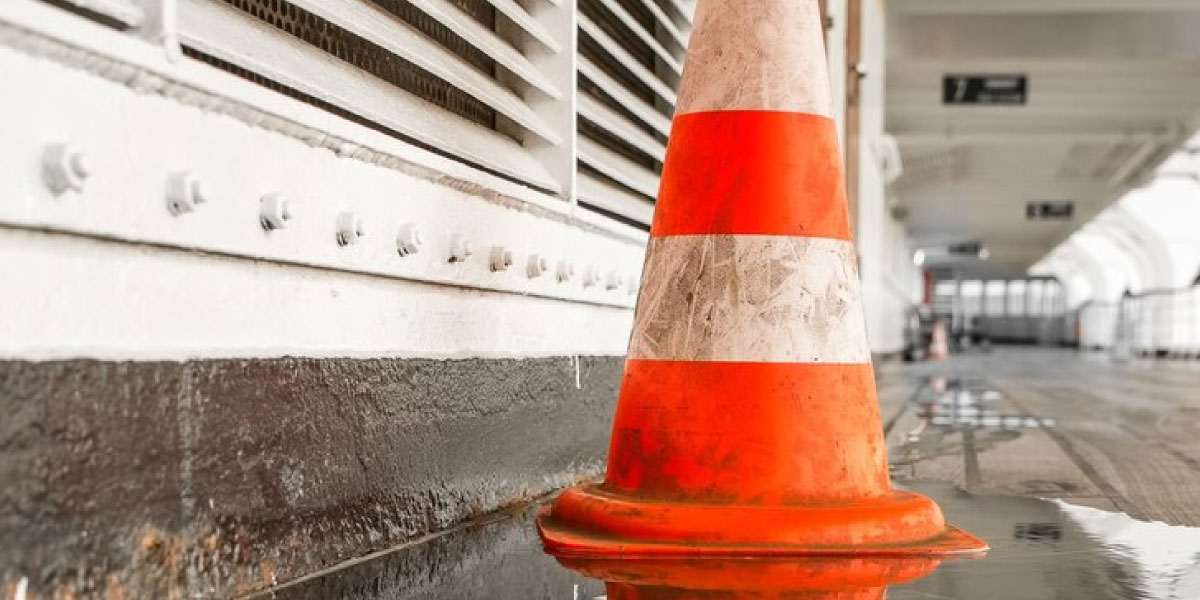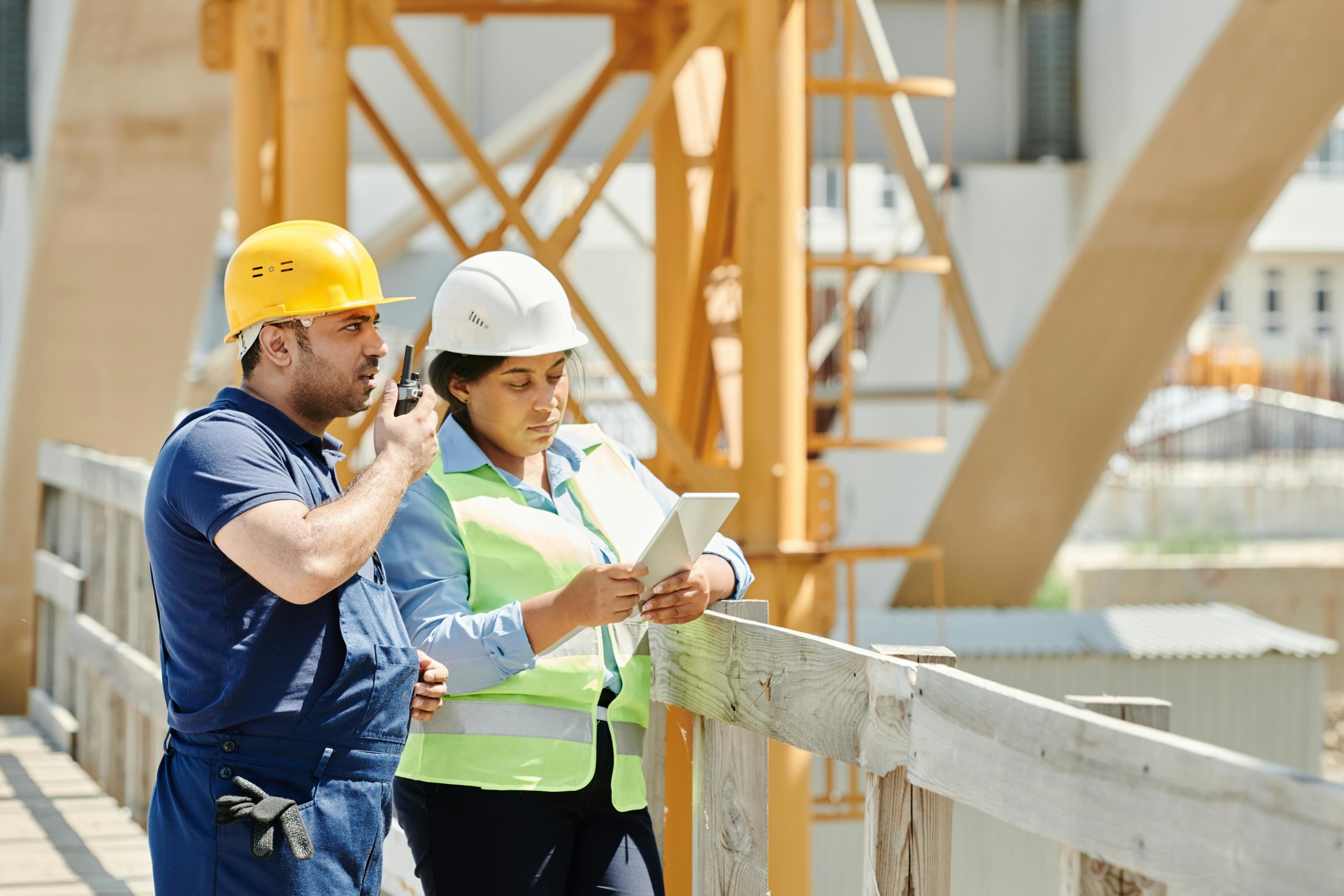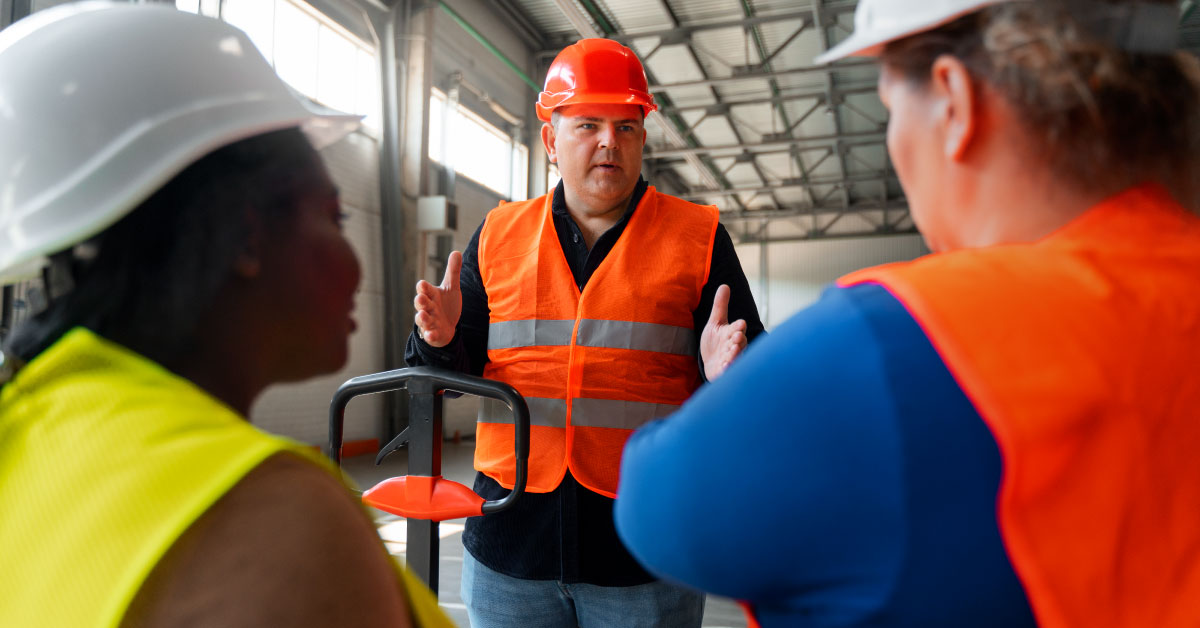One of the most powerful tools for reducing accidents on the job site is building situational awareness. This means training your team to actively assess their surroundings and identify hazards—especially those brought on by changing weather conditions.
What Is Situational Awareness? Situational awareness refers to the ability to identify, process, and comprehend information about the environment in real time. This skill allows workers to recognise hazards before they become accidents.
Why Is Situational Awareness Important in Weather Safety? Weather conditions can change quickly, and workers need to be aware of how wind, rain, and even sudden changes in temperature can affect the safety of their tasks. A well-trained workforce that stays alert to their surroundings will know how to adjust their behaviour to stay safe.
Training Strategies to Build Situational Awareness
- Regular Safety Briefings: Hold daily or weekly safety briefings that include a review of potential weather hazards.
- Encourage Active Scanning: Teach workers to actively scan their environment for hazards, such as slick surfaces, debris, or unstable structures.
- Use Simulations: Include weather hazard simulations in your training programs to help employees practice how they would respond in real-world situations.
Linking Training to Real-World Practice Investing in workplace safety training programs such as confined space training or working at height courses can provide the hands-on skills your team needs to effectively identify hazards and stay safe, even in unpredictable weather conditions.




